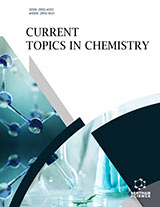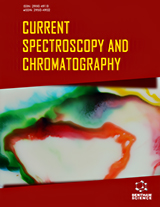Abstract
Stripping analysis is a two-step procedure. In the first step, the analyte is accumulated at an electrode surface either by electrolysis or by adsorption. In the second step, the deposited material is removed, typically by electrolysis. The second step is the source of the analytical signal. Sensitivity of the method mainly depends on the amount of substance which is transferred to the electrode surface during accumulation. The methods reviewed make use of unconventional techniques to enhance efficiency of accumulation. By ultrasound, a combined action of thermal and mechanical impacts, partially with extreme energetic states, causes improvement of analytical results. Heating of electrodes or of a nearelectrode area induces laminar electrolyte flow acting as stirring, combined with increased surface temperature that is helpful to lower kinetic hindrances. Magnetic fields in a cell with arbitrarily increased deposition current enhances convection without additional thermal effects. Most of the techniques reviewed are able to improve the efficiency of stripping analysis much more than could be done by driving classical stirring up to the limits.
Keywords: Ultrasonic Cells, Stripping Analysis, DNA hybridisation, thermodialysis, magnetohydrodynamics
Current Analytical Chemistry
Title: Stripping Analysis Enhanced by Ultrasound, Electrode Heating and Magnetic Fields
Volume: 4 Issue: 3
Author(s): Peter Grundler
Affiliation:
Keywords: Ultrasonic Cells, Stripping Analysis, DNA hybridisation, thermodialysis, magnetohydrodynamics
Abstract: Stripping analysis is a two-step procedure. In the first step, the analyte is accumulated at an electrode surface either by electrolysis or by adsorption. In the second step, the deposited material is removed, typically by electrolysis. The second step is the source of the analytical signal. Sensitivity of the method mainly depends on the amount of substance which is transferred to the electrode surface during accumulation. The methods reviewed make use of unconventional techniques to enhance efficiency of accumulation. By ultrasound, a combined action of thermal and mechanical impacts, partially with extreme energetic states, causes improvement of analytical results. Heating of electrodes or of a nearelectrode area induces laminar electrolyte flow acting as stirring, combined with increased surface temperature that is helpful to lower kinetic hindrances. Magnetic fields in a cell with arbitrarily increased deposition current enhances convection without additional thermal effects. Most of the techniques reviewed are able to improve the efficiency of stripping analysis much more than could be done by driving classical stirring up to the limits.
Export Options
About this article
Cite this article as:
Grundler Peter, Stripping Analysis Enhanced by Ultrasound, Electrode Heating and Magnetic Fields, Current Analytical Chemistry 2008; 4 (3) . https://dx.doi.org/10.2174/157341108784911361
| DOI https://dx.doi.org/10.2174/157341108784911361 |
Print ISSN 1573-4110 |
| Publisher Name Bentham Science Publisher |
Online ISSN 1875-6727 |
 5
5
- Author Guidelines
- Bentham Author Support Services (BASS)
- Graphical Abstracts
- Fabricating and Stating False Information
- Research Misconduct
- Post Publication Discussions and Corrections
- Publishing Ethics and Rectitude
- Increase Visibility of Your Article
- Archiving Policies
- Peer Review Workflow
- Order Your Article Before Print
- Promote Your Article
- Manuscript Transfer Facility
- Editorial Policies
- Allegations from Whistleblowers
- Announcements


























